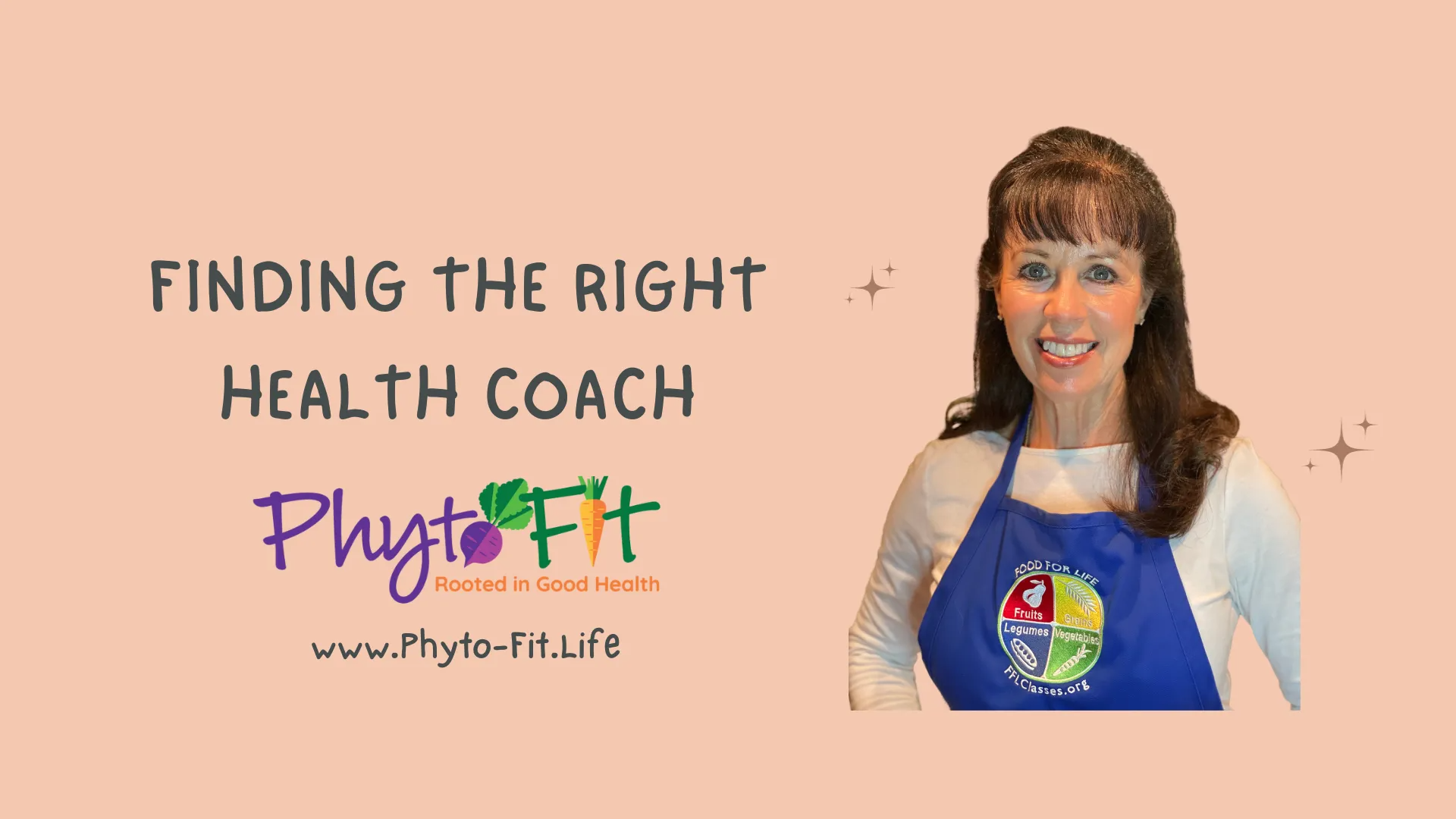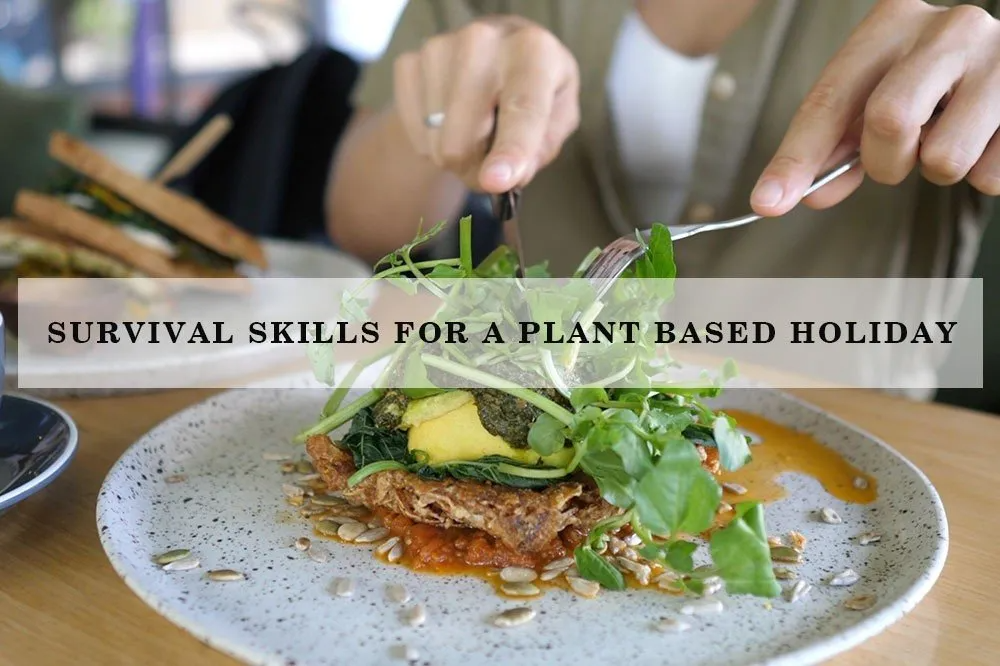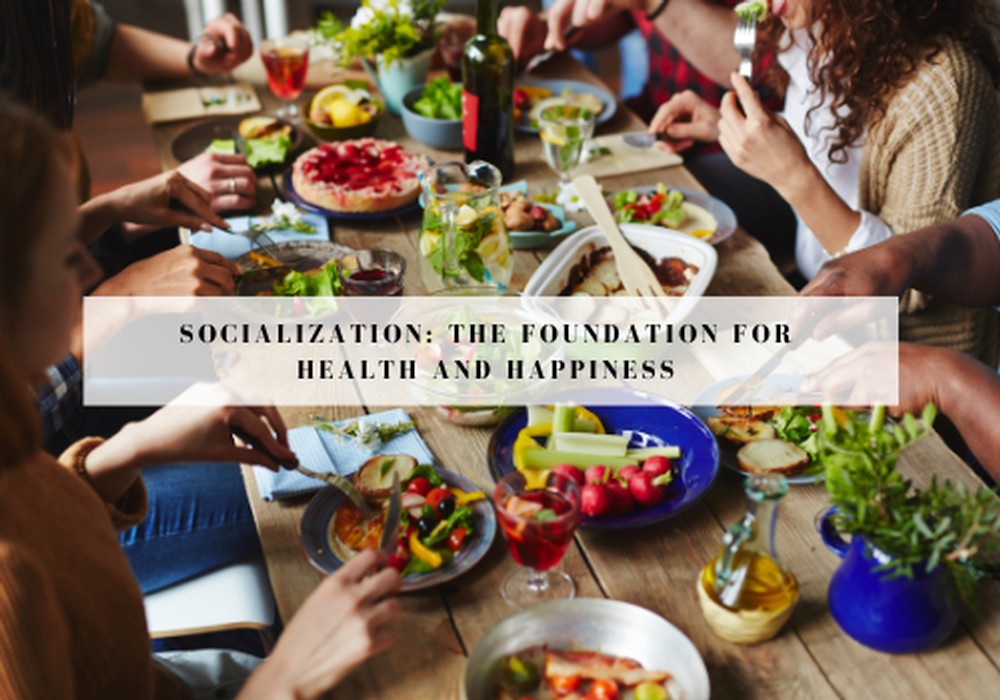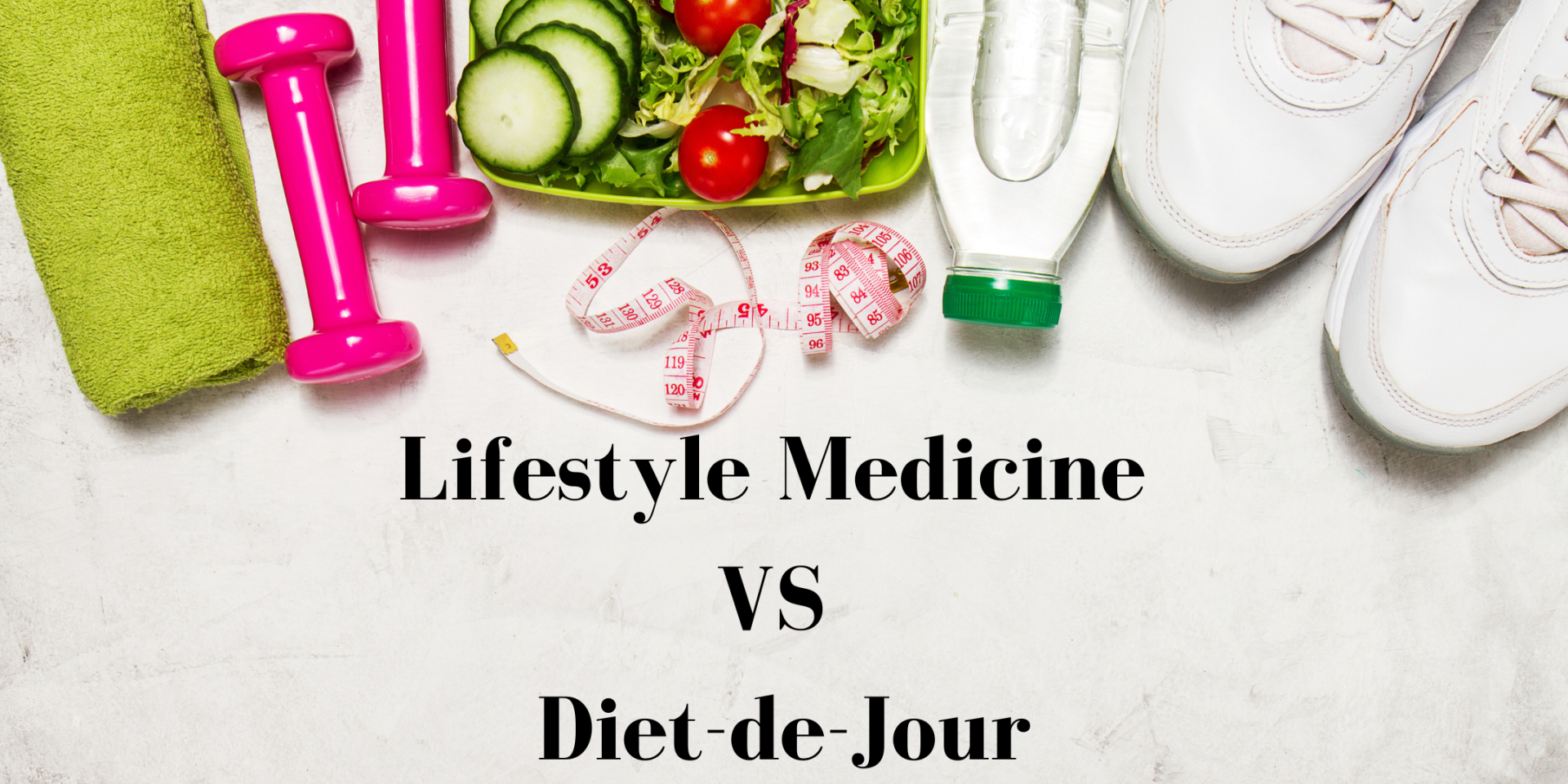The Golden Rule of Plant Diversity
The Golden Rule of Plant Diversity
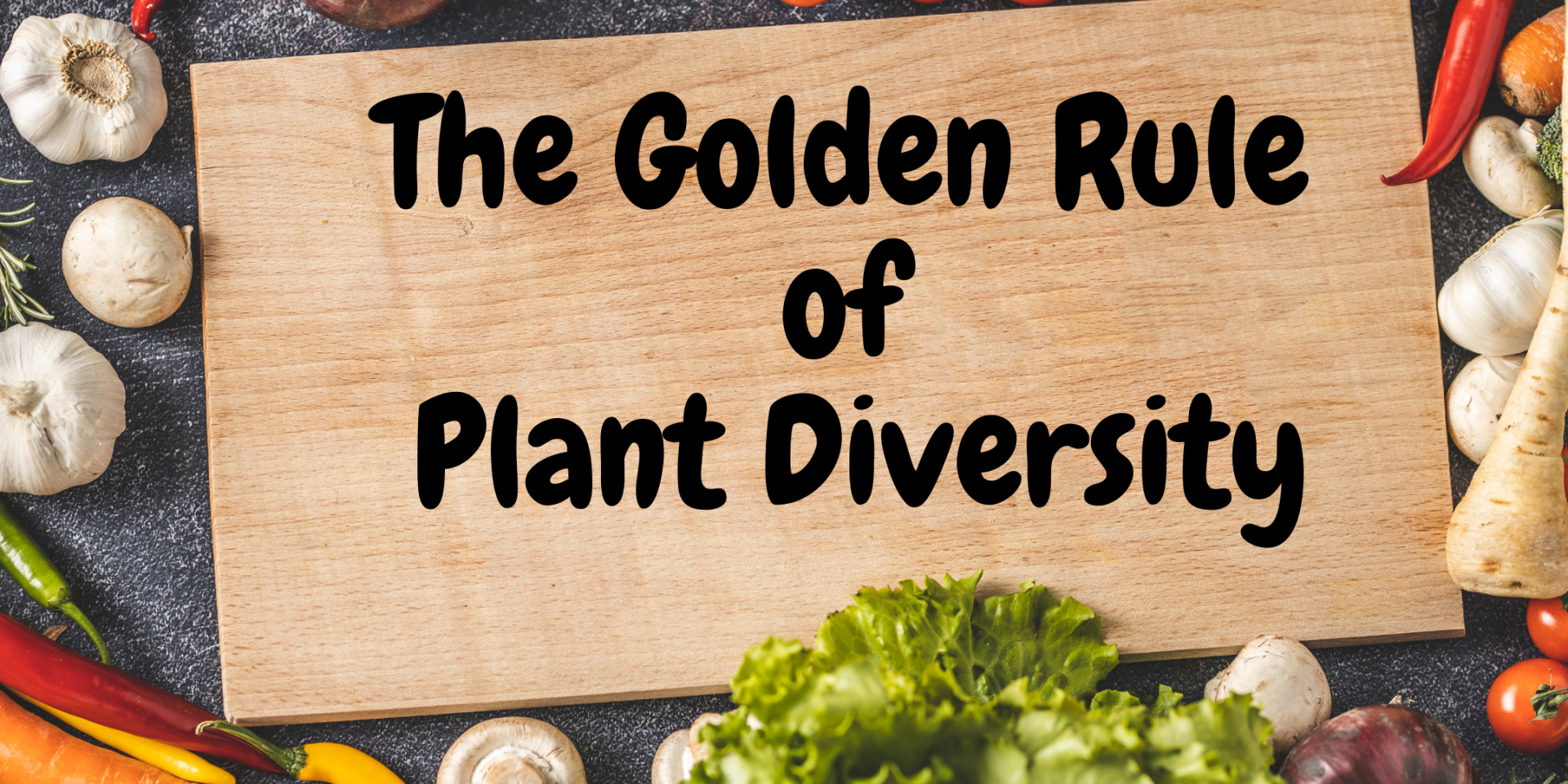
January is traditionally a time for reflection and a time to think about a fresh, new year. The process typically involves looking back over the prior year at things we did well (or not), thinking about new possibilities/opportunities for the coming year, and committing to some behavioral changes to make those possibilities a reality.
Many of us take the time to complete a list of New Year’s resolutions and “improving health” is usually high on the list with ideas of weight loss, exercise and healthier eating. Everyone has their own perspective of what that means, what it might look like for them, and have some ideas about how to improve their health. Even scientific researchers approach it in various ways.
If you search the National Library of Medicine, you will find about 350K studies on “food and health.” Studies focus on “nutrition and longevity,” “malnutrition and obesity,” and “nutrition in lifelong health and disease.” While reviewing studies in each of these areas of research, one relatively new category begins to shine. Specifically, how is our overall health impacted by the gut microbiome? If the microbiome impacts health so much, how do we develop a healthy microbiome?
In his book, “Fiber Fueled,” renowned gastroenterologist and researcher, Dr. Will Bulsiewicz (Dr. B), states, “The greatest determinant of your health during your lifetime is the food that you choose to eat. As it turns out, your diet is also the greatest determinant of the health of your microbiome.” He explains further, “…you could nourish your body with life-giving food and reap the rewards of better health. Or, you can punish your body with poisons disguised as food that actually take health away with every bite.”
Based on Dr. B’s extensive research, he says that our gut microbes will do the “River Dance” at every meal when fed properly. During the River Dance, chemicals such as serotonin and dopamine are produced and play a powerful role in mood by increasing chemicals that produce happiness and pleasure, which are also important in “good health.”
Dr. B uses the acronym, F-GOALS, as a simple way to remember foods that create great health.
F: Fruit & Fermented Foods: Whole fruit is the first step to good health and should be eaten with the skin when possible. Although many people avoid fruit due to its high sugar content, Dr. B says it’s not the same. “The sugar in fruit is by no means the same as processed sugar. It’s packed with everything else in the fruit, including vitamins and minerals, phytochemicals and fiber. Dr. B emphasizes that eating fresh fruit is not the same as juicing as the latter removes most of the fiber and concentrates the sugar. Dr. B encourages apples, oranges and berries, which are packed with antioxidants and anthocyanins.
Fermented foods, such as sauerkraut, miso, tempeh, plant-based yogurt, kvass, kimchi, natto and even sourdough bread, provide prebiotics, probiotics and postbiotics as well as plant-based diversity to our diet. Described as “…super-powered plant foods that have amazing healthy abilities for your gut,” Dr. B recommends adding small servings of fermented foods to our daily routine.
G: Greens & Grains: The list of “greens” is extensive and adds to plant-based diversity. From collards, kale, arugula, spinach, Romaine, Bok choy, watercress, Swiss chard, broccoli raab to mustard greens, sorrel, escarole, and kohlrabi, the list is almost endless. What is also never-ending are the vast amounts of nutrients such as vitamins, mineral, phytochemicals, and fiber packed in these greens. These include protein, vitamins A, K, C, minerals such as zinc and magnesium to name a few.
Whole grains are a great source of prebiotic fiber and are rich in plant-based diversity. According to Dr. B, eating whole grains has been linked to “…reduced risk of coronary heart disease, cardiovascular disease and total cancer as well as a lower likelihood of death from all causes, respiratory diseases, infectious diseases, diabetes, and all non-cardiovascular, non-cancer causes.”
O: Omega-3 Super Seeds: We all know how important omega 3 fatty acids are to our bodies; they are essential fats (ES) as our bodies are unable to produce them. Flax, chia and hemp seeds are packed with omega-3 alpha-linolenic acid (ALA). These three super-seeds provide a generous amount of soluble prebiotic fiber with chia being the best choice of fiber in the world. Although hemp seeds don’t contain quite as much omega-3 ALA, it makes up that difference with a healthy portion of complete protein, meaning they contain all of the essential amino acids. According to Dr. B, “Hemp seeds are a one-stop shop for both essential fats and amino acids.”
A: Aromatics (onions & garlic): You may know that both onions and garlic are in the allium family and have potent anticancer activity. The allium vegetables also include leeks, shallots, chives and scallions to name a view. The list of vitamins and nutrients are extensive, including vitamins B- 1-2-3-6, C, E, K, folate, iron, magnesium, phosphorus, sodium and zinc. When you chop or cut onions and garlic, allow them to “rest” for 10 minutes, which will activate allicin. According to Dr. B, “…this compound has antibacterial, antifungal, antiparasitic and even antiviral properties.” He also mentions alliums are a great source of prebiotic fiber.
L: Legumes: Besides being the “…healthiest food on the planet,” according to Dr. B, legumes are “…the foundation of a healthy gut microbiota.” Packed with prebiotic fiber, phytochemicals and plant-based proteins, legumes are also anti-inflammatory. Other health benefits derived from eating legumes includes weight loss, lower blood pressure and cholesterol, and better control of blood glucose. According to Dr. B, “…your risk for having a heart attack or developing colon cancer just got chopped in half,” when regularly consuming legumes.
S: Sulforaphane (broccoli sprouts and other cruciferous veggies): We all know the importance of eating broccoli… right? Broccoli’s popularity as a “cruciferous vegetable” is undeniable. Yet, there are a number of other vegetables which contain the super chemical, sulforaphane, including kale, arugula, cabbage, cauliflower and Brussels sprouts. The health benefits of cruciferous veggies are notable including, anti-cancer, anti-inflammation, heart-healthy, blood sugar stabilizer, fat burner and hormone balancer to name just a few!
One more important recommendation from Dr. B for creating optimal health is plant-based diversity. Of the 400 thousand varieties of plants on the earth, 350 thousand are edible. However, he estimates that we consume about 200 species in total. He calls the diversity the Golden Rule. “When you maximize plant-diversity, you make a choice that grants you better health—you choose food that nourishes and sustains your optimal health rather than the foods that zap your energy.”
As we search for ways to achieve optimal health in 2022, let’s start by following the Golden Rule of Plant Diversity and expanding the foods we eat. If we only consume 200 species of plants each year, let’s try 300 this year! That would be about two new plants each week, which seems doable. Will you join me and take the Golden Rule of Plant Diversity challenge by adding two new plants to your plate every week? Who knows, we could all be doing the “River Dance!”
Recipe Blog Posts
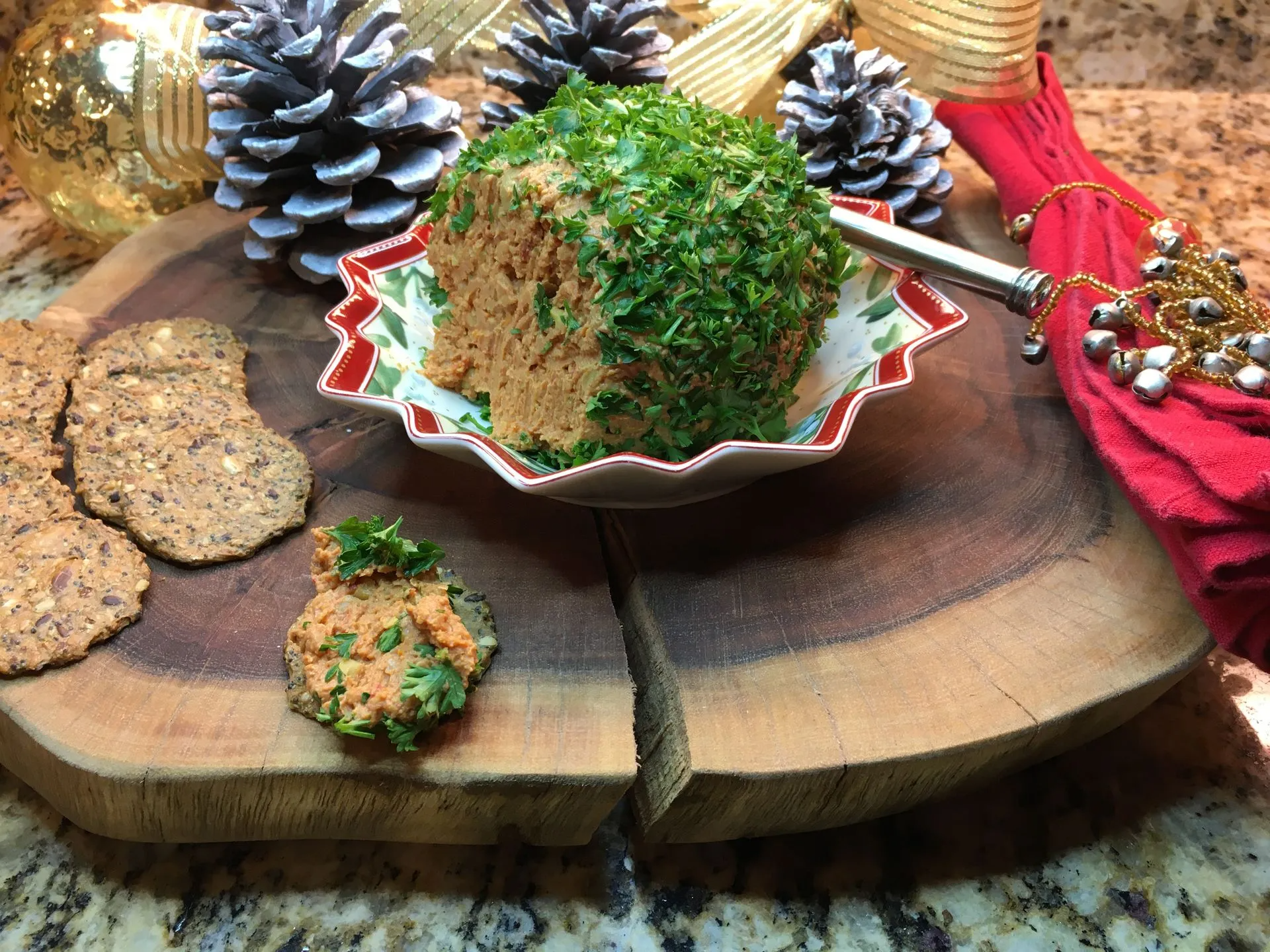

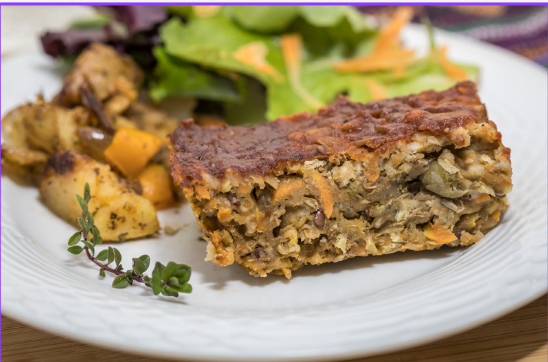
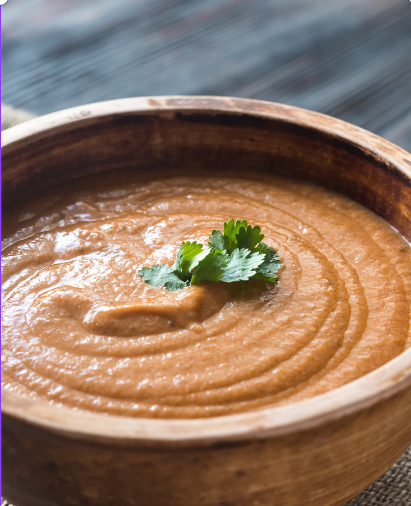
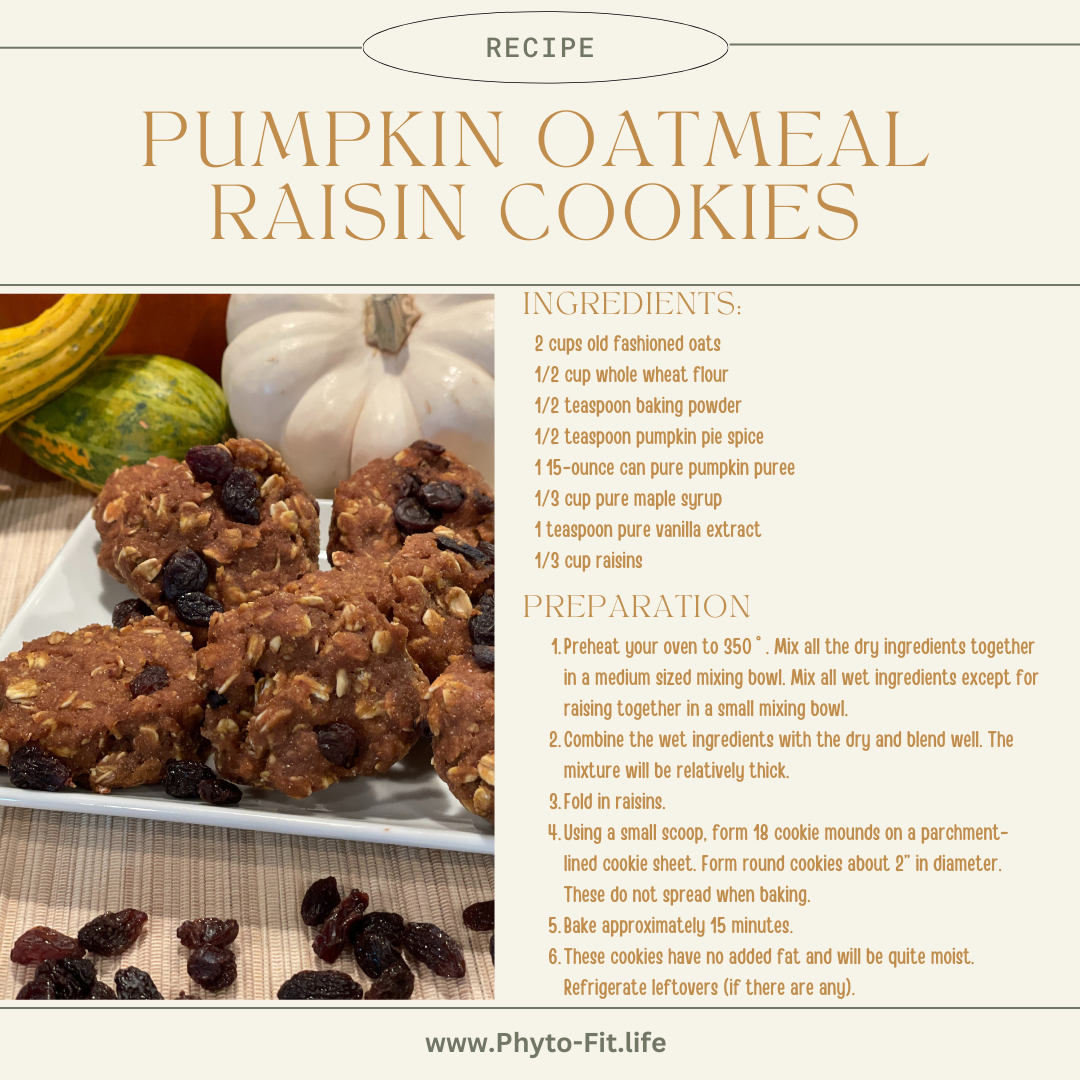
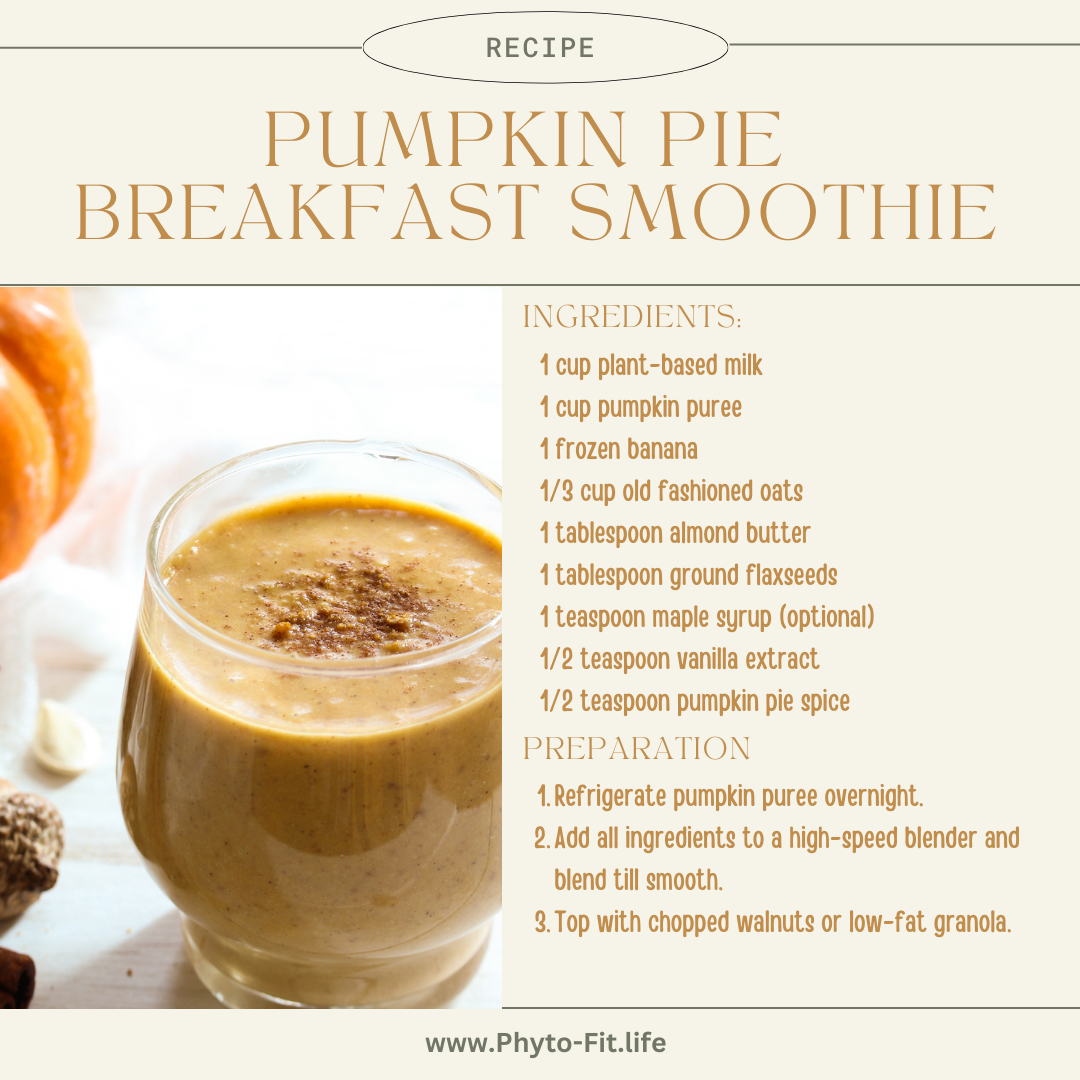
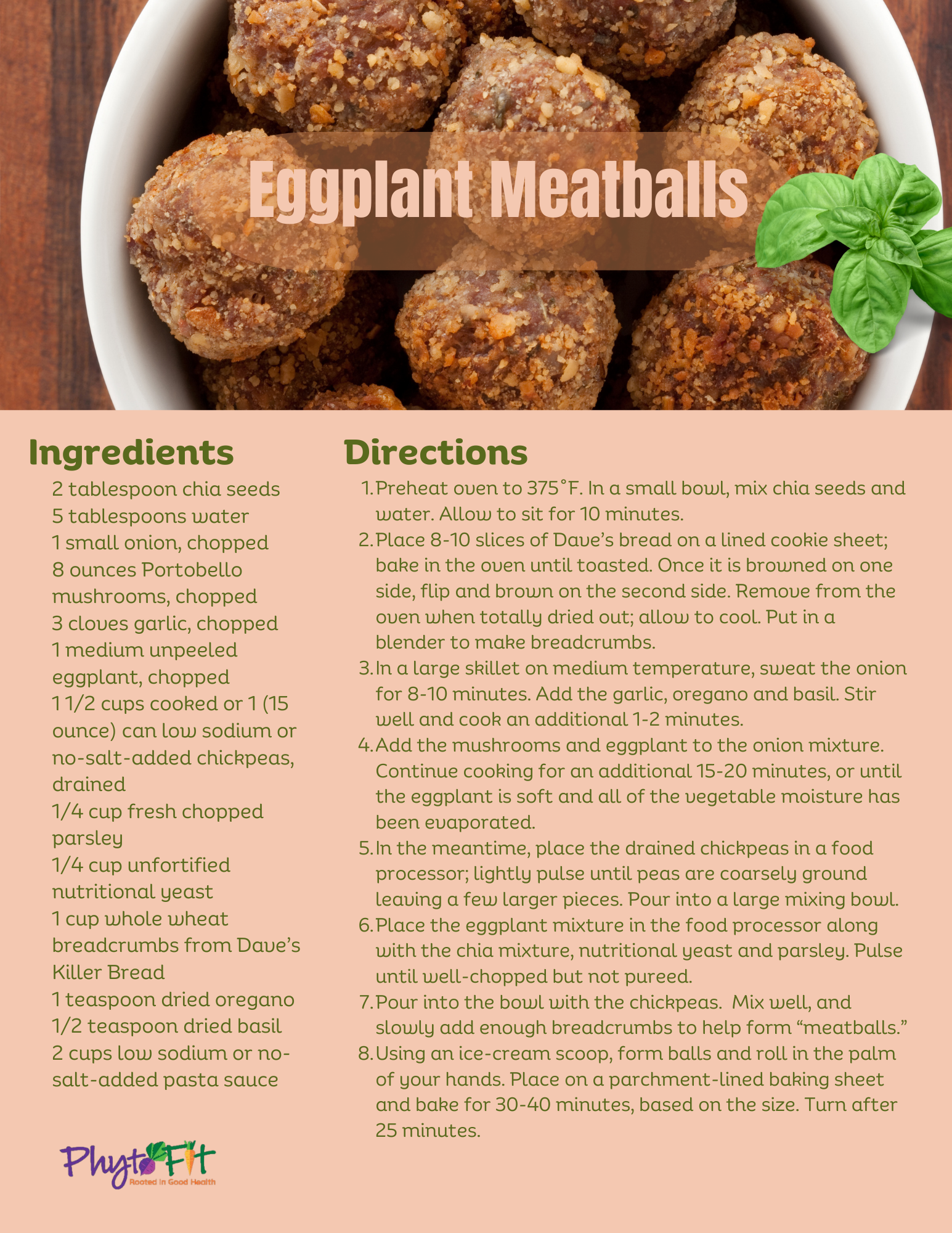
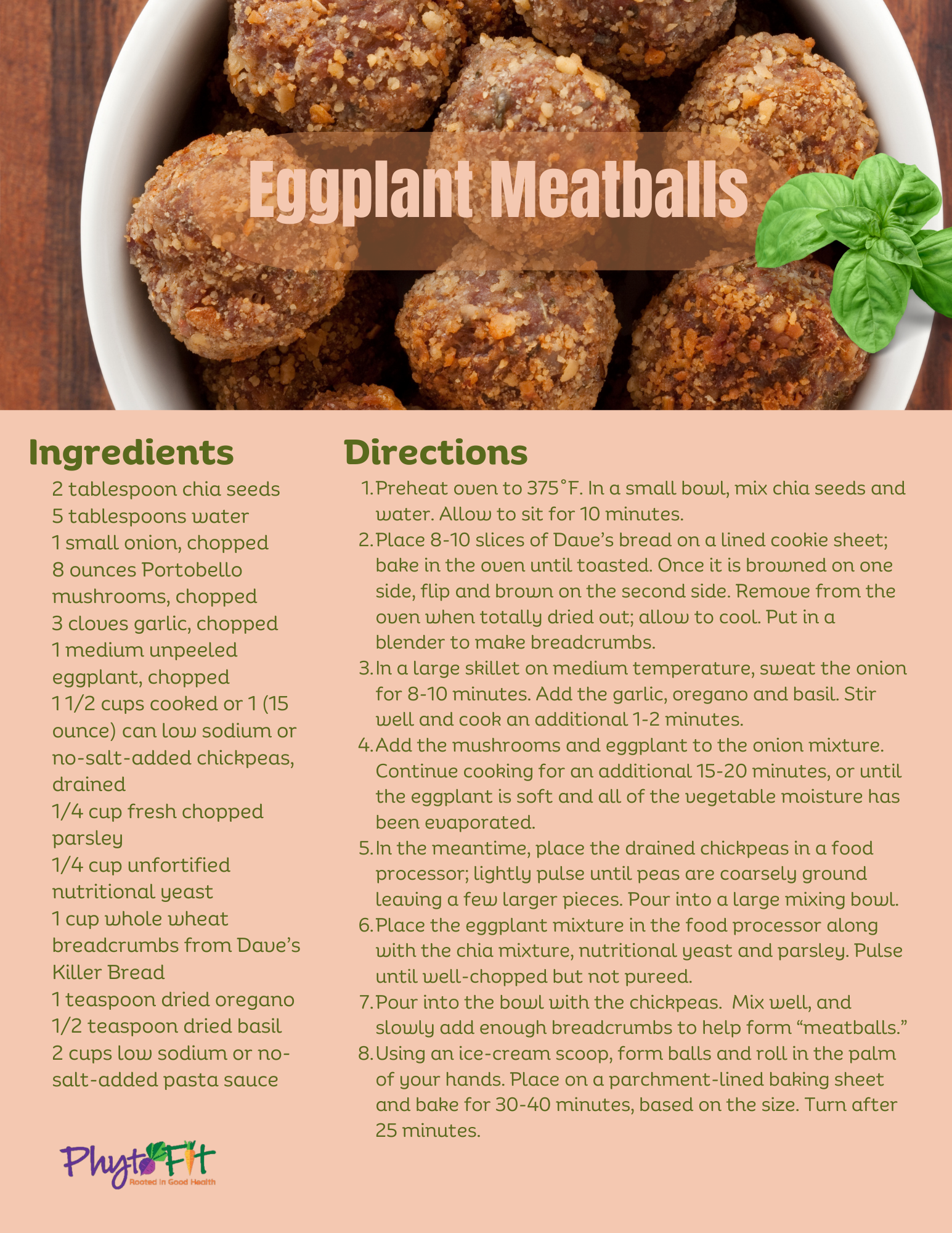
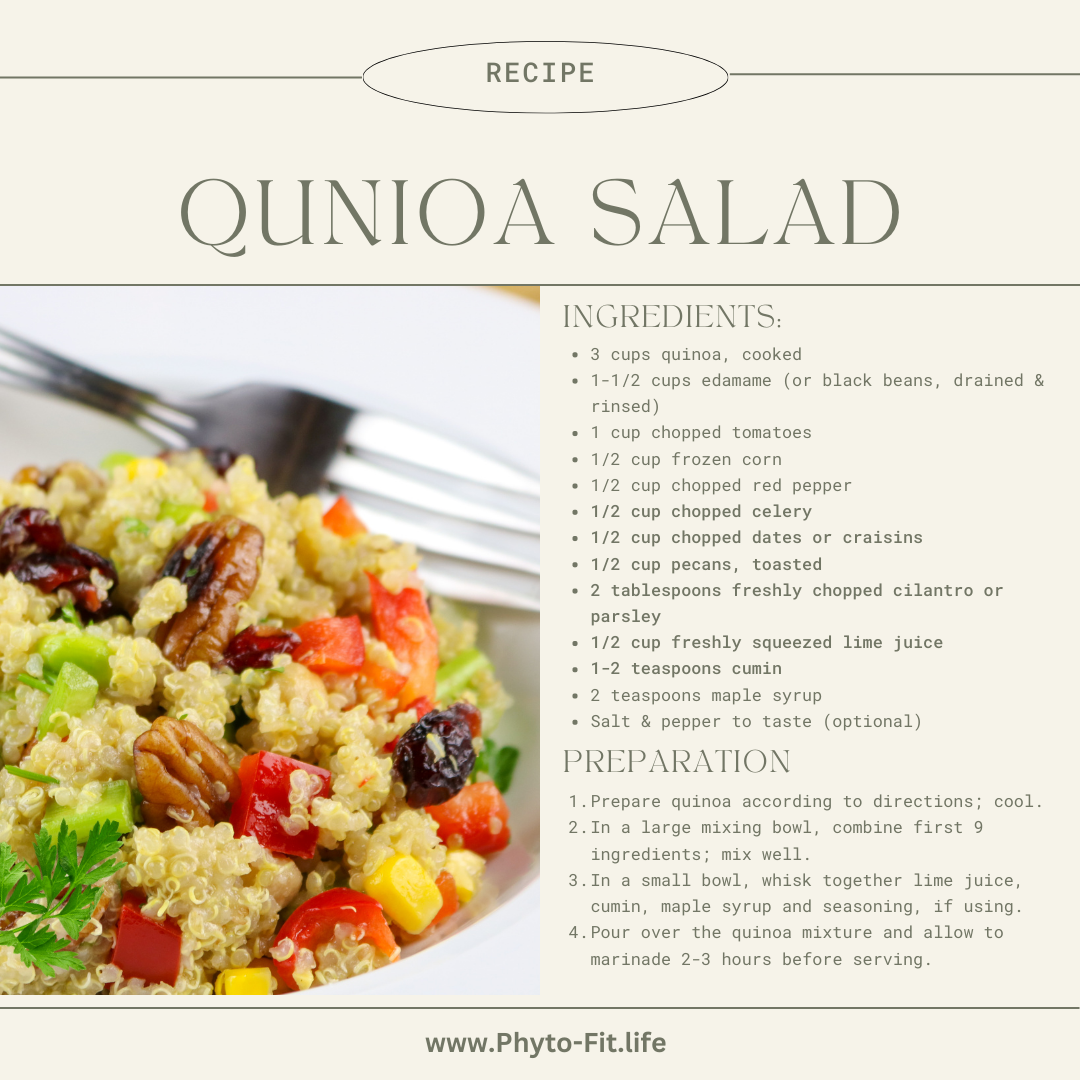
Other Blogs
